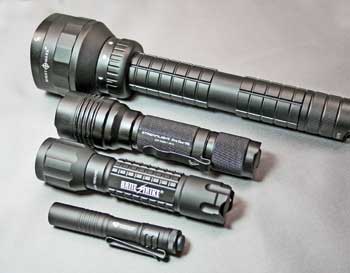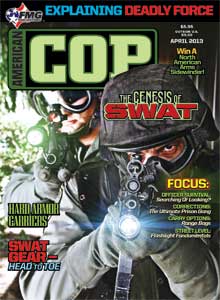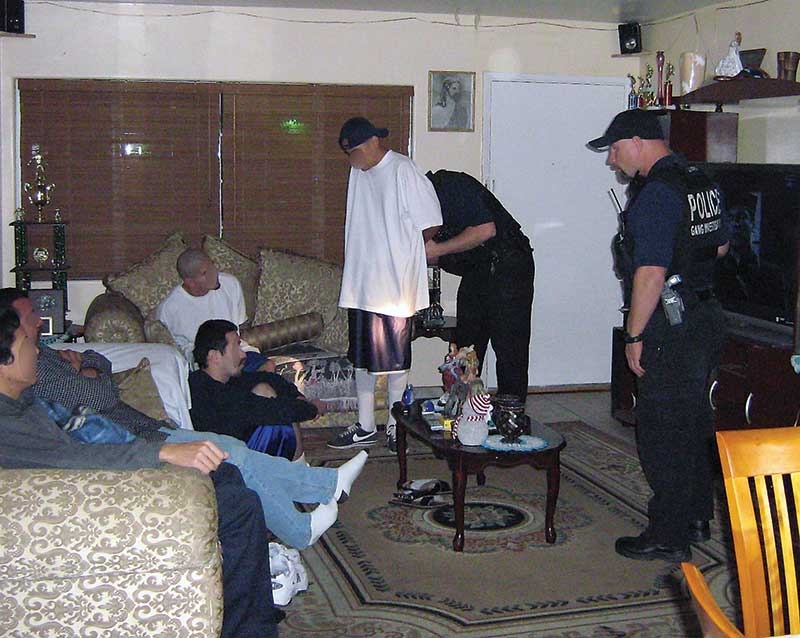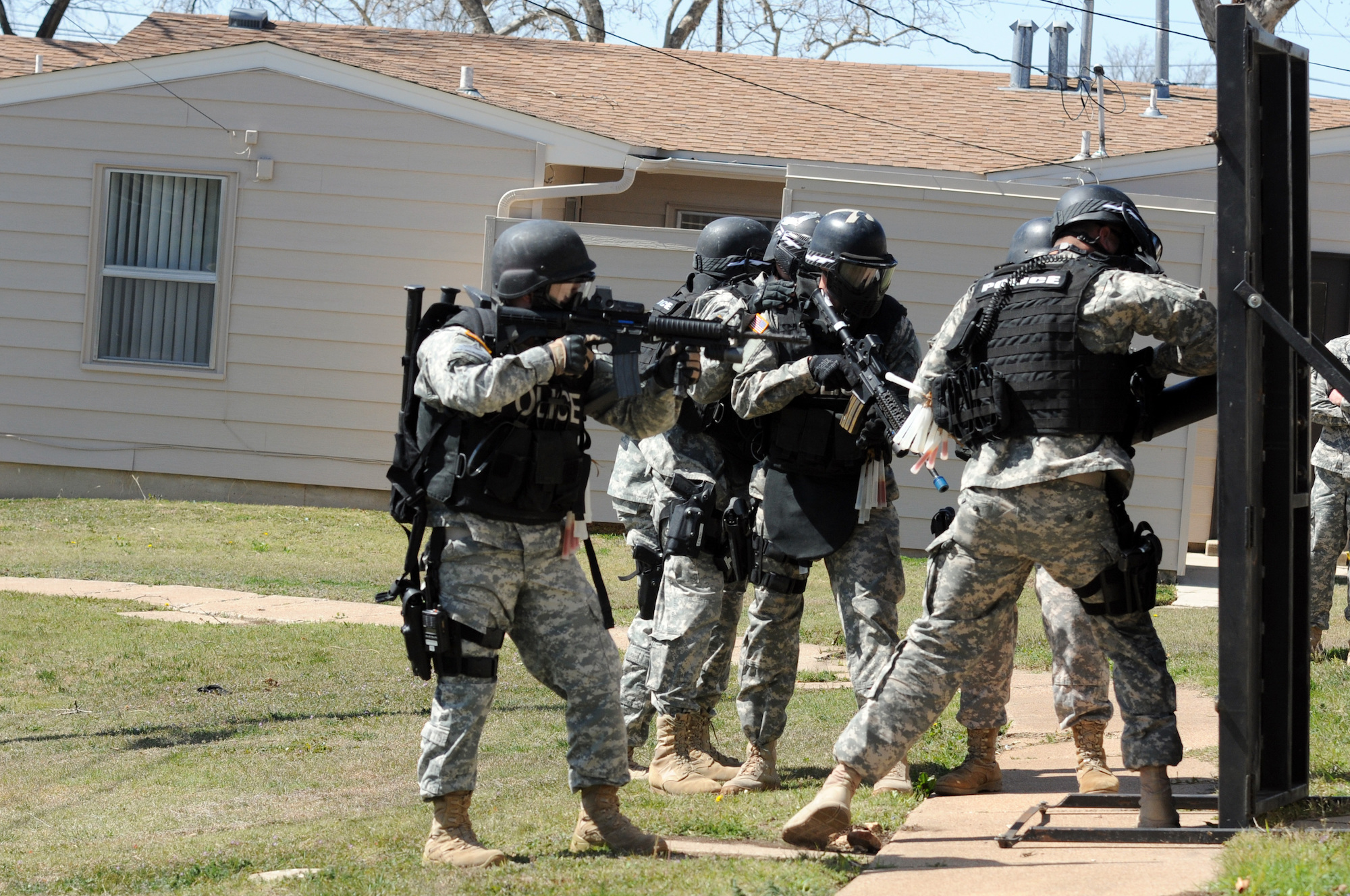
STREET-1
They’re Only “Tactical” If They Work!
When I became a cop in 1968 there were no cop lights — there were no tactical flashlights at all. We bought our flimsy flashlights in pairs from hardware stores, wrapped them in friction tape and hoped they’d survive simple drops. Even when I commanded San Diego SWAT years later, the few heavy-duty lights available were so poorly suited to SWAT work that our policy was to use light as little as possible, and when we did, to use it as a weapon. Thankfully, our options now are many — though sometimes bewildering — and often underappreciated. The evolution of tactical lights has, in its own way, had just as great an impact on law enforcement as computers.
I just wrapped up an article on the latest tactical and utility flashlights for LE, and was discussing the array of features and functions with the lead firearms instructor of a big sheriff’s department. One of his comments really struck me. Referring to his agency’s annual night/low-light qualification shoots he said, “I just wish they would all show up with lights that actually work!”
He went on to report that in every group there was at least one deputy and often as many as a half-dozen cops whose flashlights didn’t work. Either their batteries were dead (sometimes having leaked acid and corroded the interior), the contacts were so dirty they functioned unreliably or their switches were defective. It was obvious, he said, they hadn’t even tested their lights, both handheld and weapon-mounted, before coming out for a night-shoot qualification. Early in his tenure, he instituted the policy of having everyone demonstrate that their lights worked — or not — in the classroom after the safety briefing. He kept a supply of batteries, contact-cleaning gear and even “loaner lights” on hand. You can imagine some of the terms he used to describe officers with dead or dying lights. And his final question was, “Why didn’t their sergeants know?”
Tactical Light Topics
Controls are critical: Multiple power levels and modes are great, but only if you can operate them quickly and surely under stress. Two or three total levels and modes may be a practical maximum. The first user-programmable tactical lights allowing you to choose and limit modes and order of activation are here and deserve your attention.
Lumens: How much is TOO much? Super high lumen output — 600 to 2,600 in handhelds — can have amazing reach and great tactical advantages, but reflected light up close can blind or disorient the user. It’s good to have a light-cannon on hand, but only if it has a lower-power mode that’s easily selectable, or you carry a small additional nav light for discreet work.
The beam is more important than the power: Most LE work needs a center-loaded spot with a broad enough corona for peripheral illumination, but not so wide or powerful that standing a few feet outside a doorway and directing the light in, the corona reflecting off the doorframe and adjacent walls illuminates you.
Handgun and light techniques: What method or methods do your officers employ while using their lights in tandem with their sidearms? There are five basic techniques with several variations, each with their advantages and disadvantages, and all requiring practice. Do they know about and practice the use of strobing light in searches for suspects, continually moving and bouncing the light off walls and overheads? A hidden suspect knows you’re coming, but their ability to guess your exact position and proximity is seriously degraded.
Patrol officers should have, at minimum, two primary duty lights with one kept as a backup: one small low-power nav light on your person all the time, and a high-powered light for searches, rescues and disaster response in your cruiser. And of course, their sergeant should set the example.
By John Morrison
>> Click Here << To Read More April 2013 Street Level
Order Your Copy Of The American COP April 2013 Issue Today!















